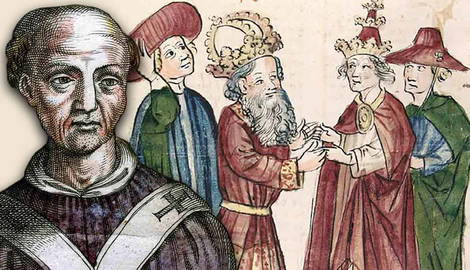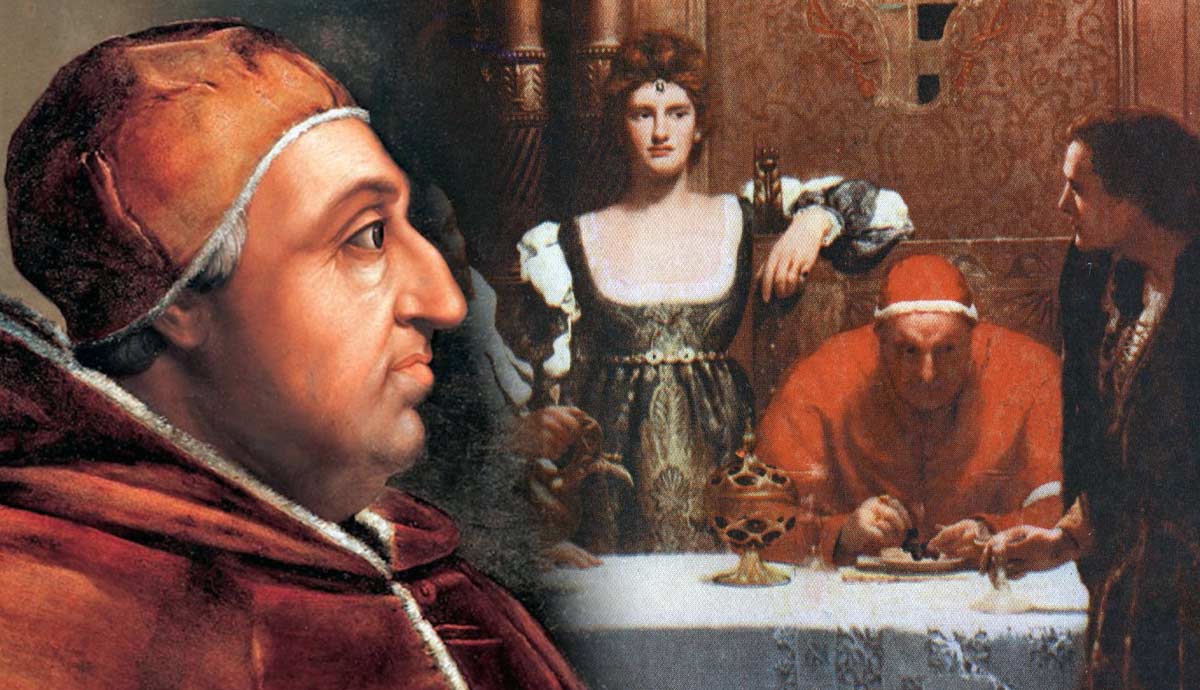
“Power tends to corrupt; absolute power corrupts absolutely.” This famous quote by Historian Lord Acton has been invoked time and again to comment on the dangers of unchecked power, especially when it comes to political and religious leaders, such as popes.
While many popes have reigned honorably, there are some whom church officials would prefer to forget, especially Pope John XII. His 10th-century reign was a masterclass on Lord Acton’s warning, as he did much to sully the office in his eight years that few others have matched.
Political Chess in the Eternal City
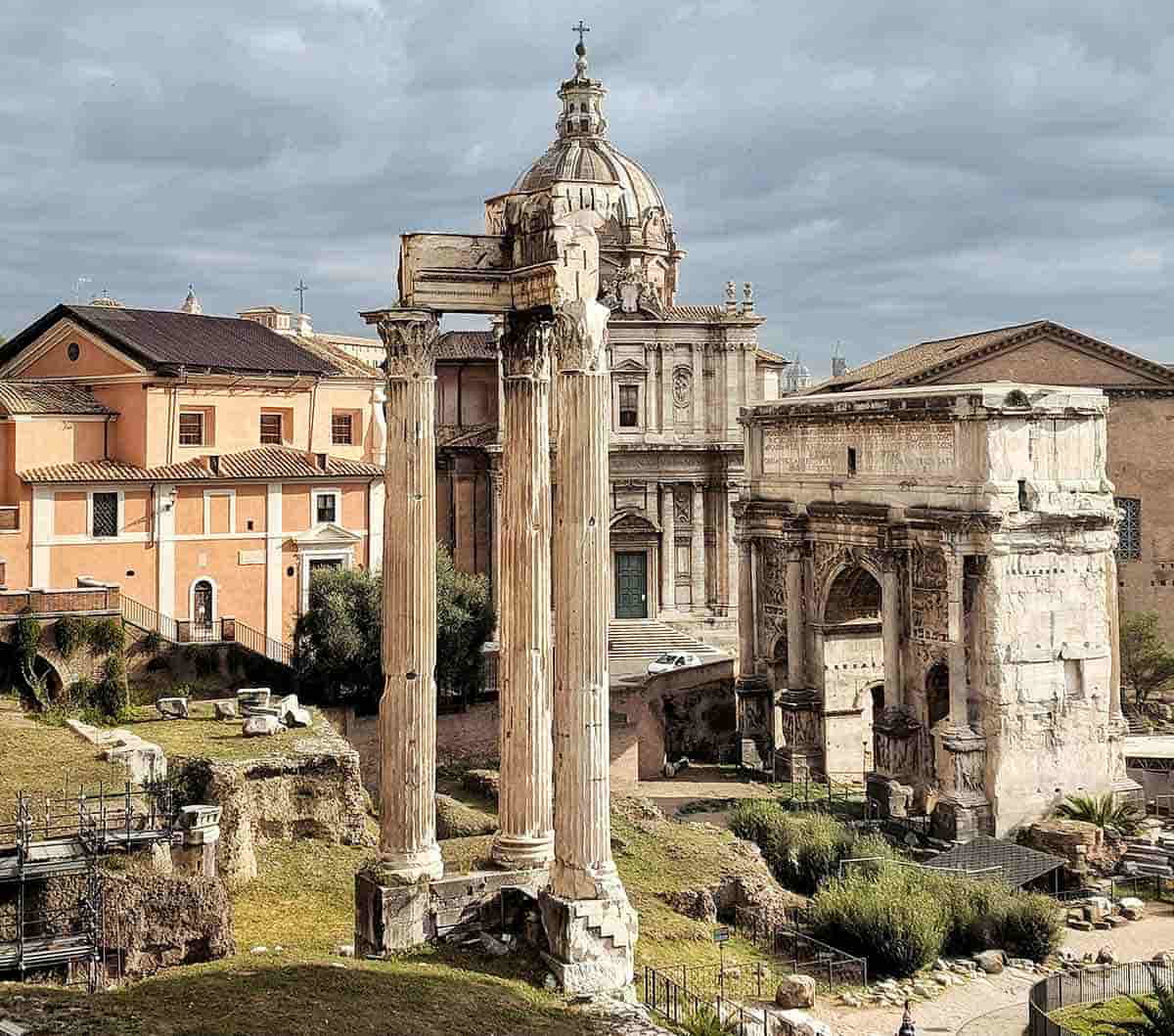
In the lead up to the reign of John the Catholic Church had gone from an underground and persecuted movement to one that was heavily involved in power brokering on the Italian Peninsula, as evidenced by events like Pope Leo III placing the crown on the head of the Emperor Charlemagne in 800 CE.
Throughout the next few centuries, as the world around Rome descended into chaos, people looked to the Vatican as the ultimate authority, as it was the most consistent and stable entity. This, of course, led many powerful Italian families to compete for control of the Church to further their own wealth and political position. They would scheme, bribe, and sometimes murder to get members of their families appointed as Bishops so they could have positionality in the church and maybe, eventually, don the mitre of the Pontifex Maximus; it probably won’t come as a shock to hear that many of the men who became pope during this time were as far from “Christ-like” as one might get.
The Reign of Harlots
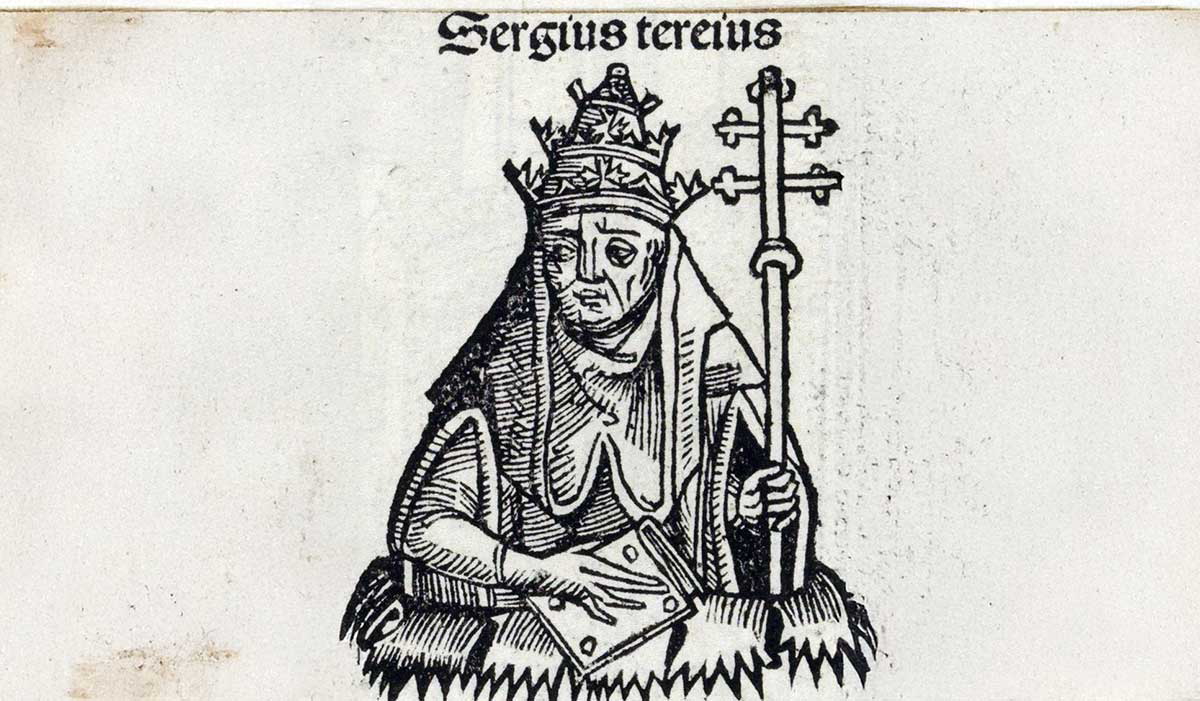
Due to the almost constant political competition between noble families, the line of popes that entered office during the 10th century has been known collectively by a collection of unflattering terms: “the pornocracy,” the “Rule of Harlots” and the “Saeculum Obscurum”—a latin phrase which literally translates as “Dark Age” due to the incomprehensible level of corruption and depravity.
The men being installed as pope during this time were little more than the political pawns of the families and rulers who installed them in the papal office, and perhaps unsurprisingly, they were not up to the moral character you’d expect from the Vicar of Christ. Some of the most memorable lowlights include:
- Sergius III, who probably fathered an illegitimate child who would eventually become a pope himself, John XI.
- Pope John X, who reportedly took many politically connected lovers to position himself for the papal chair and may have been murdered by one of them so that she could elevate her new favorite as Leo VI.
- Stephan VII, who had the audacity to walk around clean-shaven, which was apparently a really big deal.
But even this list of clerical transgressions was nothing but a warm-up compared to what was coming.
The Installation of Pope John XII

The details of the early life of Octavianus are a little sketchy. Born in the 930s to one of the most influential families of Italy, his father Albretch II guaranteed that his son would rise to the office of pope by the age-old method of swordpoint.
Albrecht, who had taken control of the city by throwing his own mother and stepfather into prison, used his influence and power to make all the noble families and clergy swear they would appoint his son pope. This was far from legal, but the arrangement must have carried the required air of menace because in 955, Octavianus became the 130th pope at the age of 18. This made him the youngest pope in history, but despite that, he managed to make a very big impression.
The Wickedness of John XII

Almost from the get-go, the young pope left his mark on the papal office when he could be bothered to attend to it. While there are some major issues with the contemporary sources, they do mostly agree that he was of lax morals, though they disagree to what degree.
Accusations against him included flaunting his duties by going hunting, keeping company with many mistresses, and drinking to excess, with these being the “lesser” infractions.
More serious charges include selling off Church offices and giving away Church lands to his mistress, invoking the name of pagan deities and the devil while gambling away the proceeds of these sales, and even turning the Lateran Palace, the original papal residence, into a brothel where prostitutes would roam the halls and engage in around the clock sex with the members of his court.
Word of his lack of moral fiber whittled away at his support with the people of Rome as well as the powerful families of Rome, but what led to his downfall was his inflated sense of himself as a warrior.
War in Italy
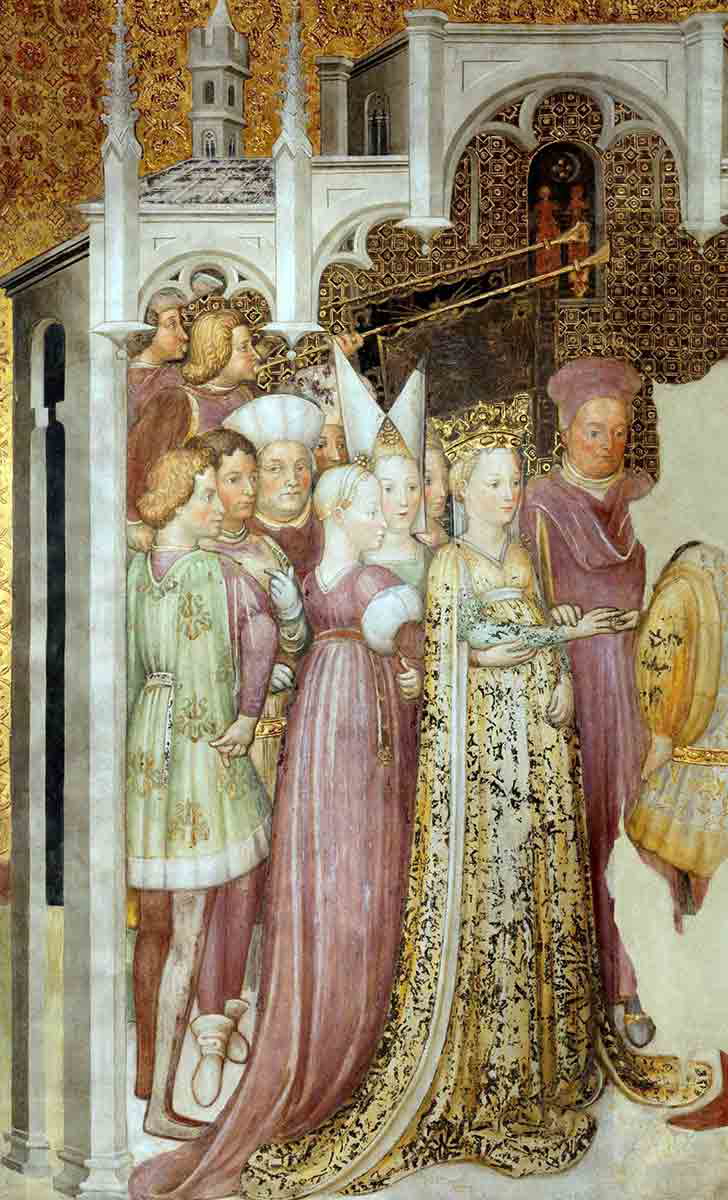
By the time of John XII’s reign, the size of papal landholdings had shrunk. Collectively known as the “Patrimonium Patri” or the “Patrimony of Peter,” these lands had been guaranteed by Charlemagne himself to finance the work of the church, but in the ensuing years, they’d slowly been gobbled up by other lords and nobles. John decided that he would be the one to bring them back into the papal fold, so he launched a campaign of reconquest that was so poorly planned that it is almost comical.
His attack on the Lombards met with total disaster, forcing him to sue for peace, and his attack north against Berengar II, the King of Italy, so overextended his forces that by 960, he was reeling from a retaliatory attack against him that led to the King eventually pillaging his remaining lands.
With the noble families of Italy now questioning both his military skill and his morals, he could see the writing and the wall and quickly began searching for support. Lucky for him it just so happened that there was a ruler with a big army and an even bigger grudge against the King of Italy.
Otto the Great

On the surface, it might seem suspicious that a far-away German king with a reputation for being an upstanding Christian would want to support a man like John XII, but the king had a good reason—love. Otto, who was the ruler of Saxony, had married the woman whose husband had been the previous King of Italy before he was deposed by Berengar II. Fighting off the new King of Italy would help him avenge his bride, which made it appealing on its own, but when John XII sweetened the deal by also offering Otto the title of Holy Roman Emperor, he made haste toward Rome.
By 961, the Italian king had been run off and cornered by Otto’s powerful forces, and John XII crowned him emperor, swore eternal friendship, and also pledged that he would never ally against his new savior. Otto, in turn, professed his loyalty to the pope and swore to restore his lost lands, BUT there was one small yet very significant addition—the Ottonian Privilege. This edict contained a problematic clause that all future popes must pledge loyalty to the Holy Roman Emperor, and John felt that he, as the representative of God on earth, should not be the one doing the bowing. The plotting began almost immediately.
John XII’s Flight From Rome

Eventually Otto left Rome in order to finish off Berengar, who was under siege, and as soon as he left, John XII began trying to gather allies to oppose the very man who had just saved his papacy. Dispatching letters to military powerhouses like the Byzantines, the Hungarians, and even Berengar himself, turned out to be a huge mistake because all of the messengers were captured by Otto. Needless to say, the fact that his supposed ally was negotiating with his sworn enemy didn’t go over so well.
In 963, an enraged and dumbfounded Otto marched toward Rome to remove John XII. To his credit, John XII donned his armor and met Otto at the gates of Rome and even managed to push him back across the Tiber, but it was only a matter of time before Otto stomped his smaller force into dust. With defeat inevitable and the people of the city fed up with his antics and losses, John XII fled the city and took the entire papal treasury with him.
A New Pope
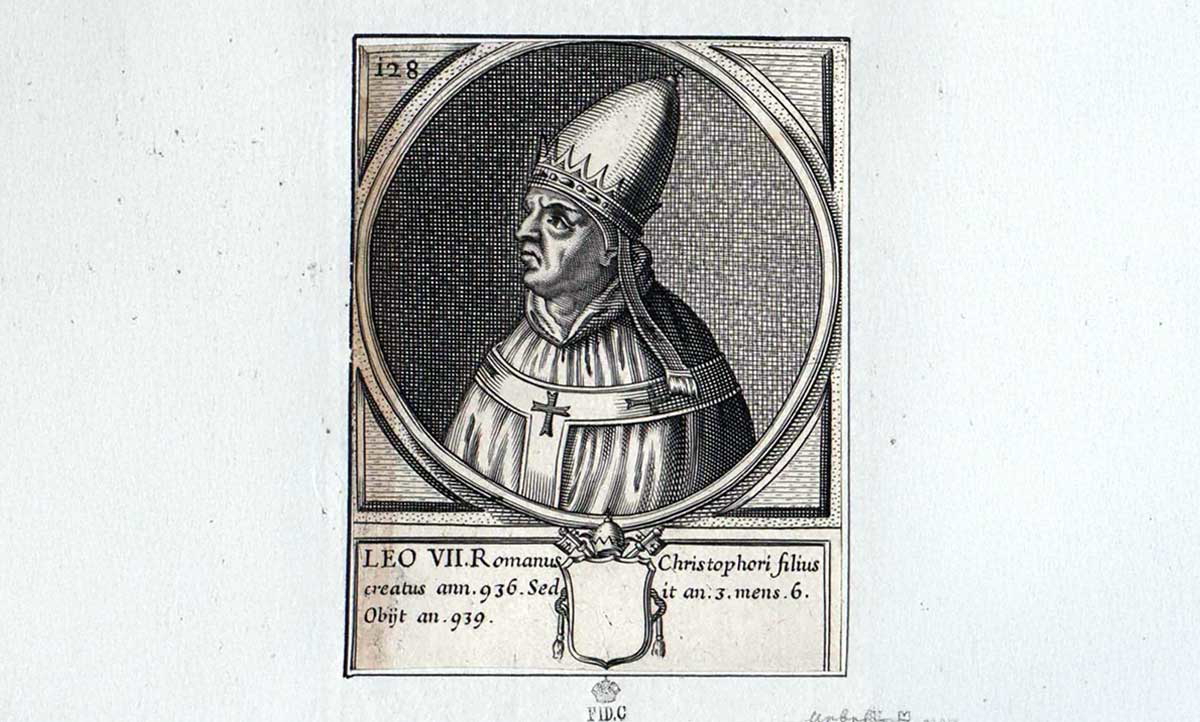
Otto re-entered Rome and demanded that Pope John return to stand trial for his betrayal and his many evils. When he refused to return to stand trial, Otto tried him in absentia, and it is from the documents that came out of this trial we learn of the depths of John’s depravity. His misdeeds, some true and some probably fabricated for effect, were put into the light, and many of Rome’s bishops signed off on installing a new pope as antipope, Leo VIII. Considering the issue dealt with, he left with his army, which proved to be a mistake.
Leo VIII was a layman, not a member of the clergy, and his ascension was exclusively due to the threat of the many armed Germans who had just left. Seeing his moment, John XII managed to get word to his few remaining supporters to incite a rebellion that successfully drove the antipope from the city, allowing John XII to return.
Upon returning, any hopes that John may have learned his lesson and reformed his evil ways were immediately dashed when he cruelly persecuted the bishops who had supported Leo with all kinds of insidious tortures like scourging, cutting out tongues, and even cutting off limbs.
A Fitting End
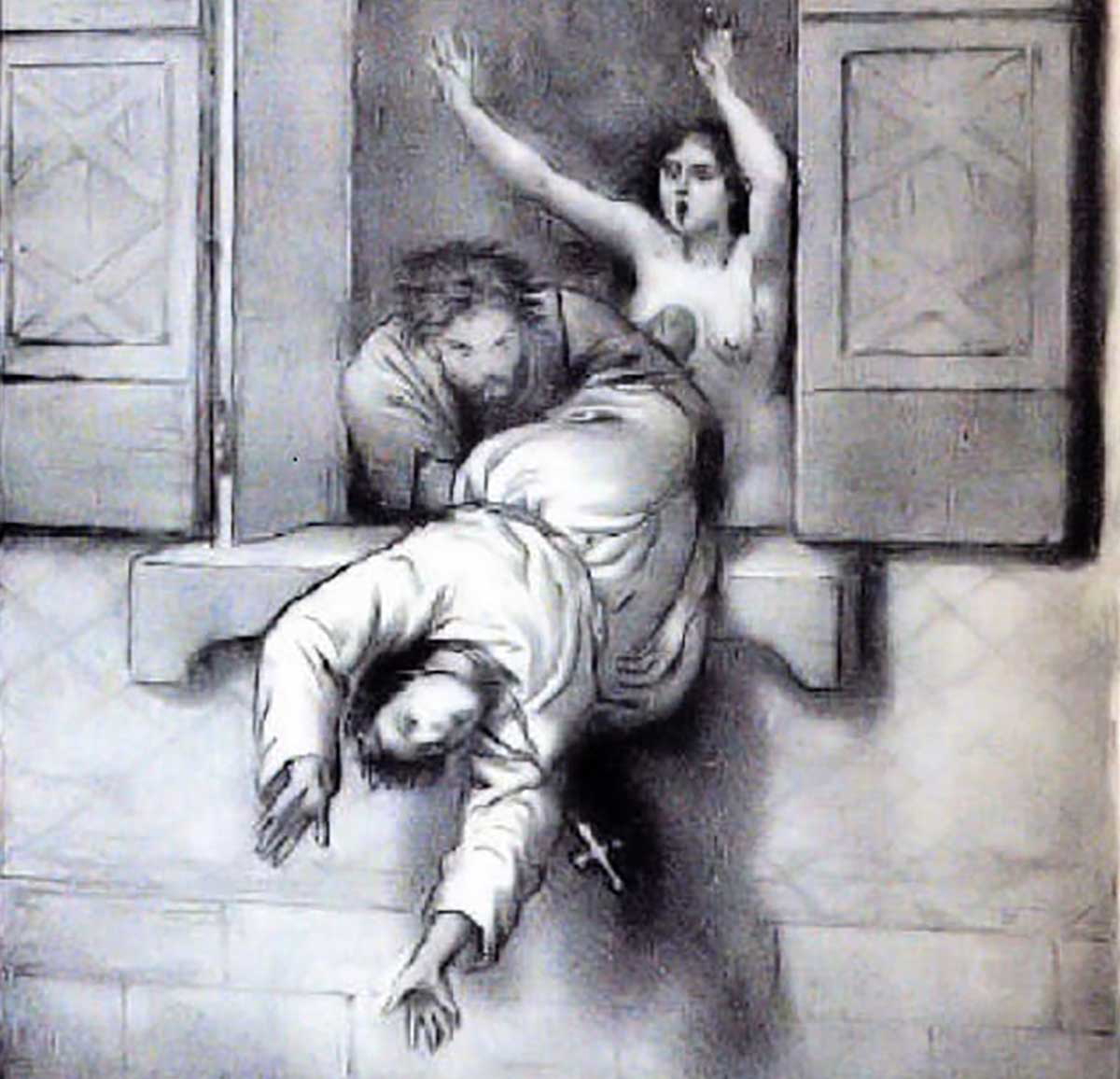
Whether or not his reign of terror would have continued is unclear because soon after his return, John XII died suddenly at the relatively young age of 28. There are two versions of how he died, but both involve the bed of a married woman. Whether he died from a stroke while engaged in the act of adultery or died when the woman’s husband threw him out of a window is unclear, but thus ended the life of one of the wickedest men to serve as Peter’s Heir.
While it is pretty obvious that the most depraved accusations made against him were propaganda concocted to help with his removal, not all of the tales were false, and they served to soil the robes of many popes that came after. But worst of all were his disastrous political intrigues. By signing the Ottonian Privilege and encouraging imperial interference, he set in place a precedent that would cause consternation for the Church in the years that followed. It took nearly 100 years for the church to cleanse itself of the dark influence of history’s most evil pope.
